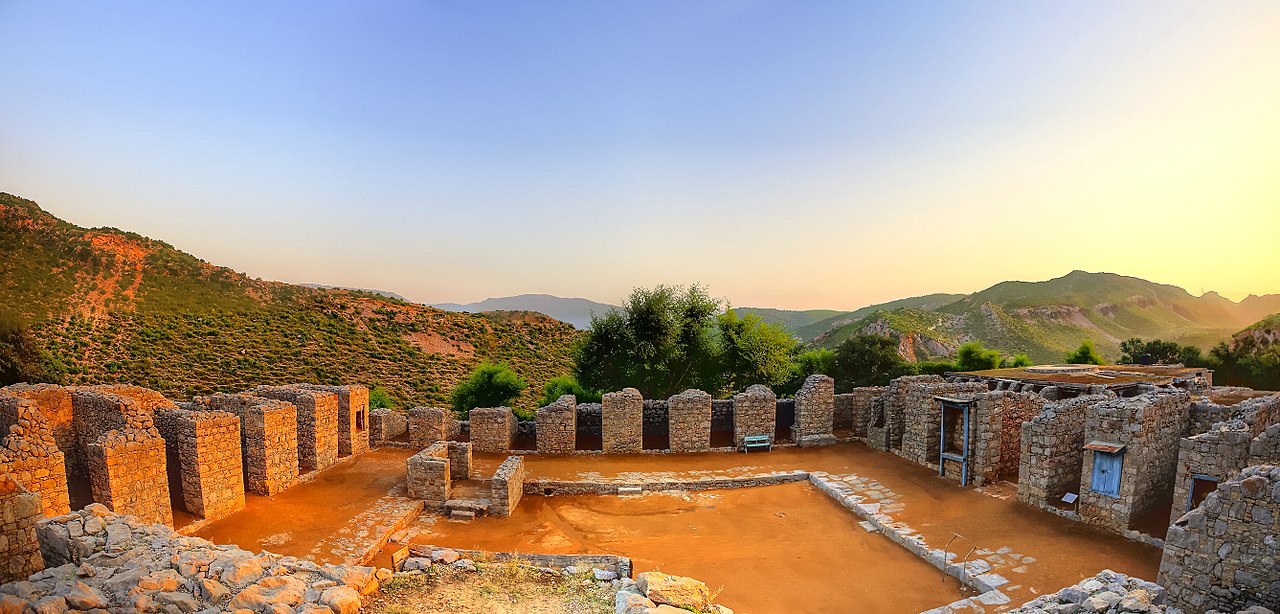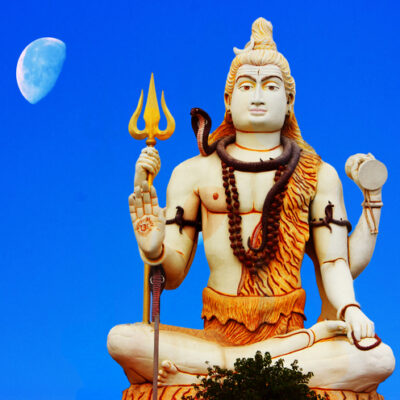Jaulian Buddhist Stupa- Pakistan

Address
Jaulian Buddhist Stupa- Haripur Taxila Road, Haripur District Pakistan
Diety
Buddha
Introduction
Jaulian is a ruined Buddhist monastery dating from the 2nd century CE, located in Pakistan. Jaulian is located in Haripur District, Khyber Pakhtunkhwa province, near the provincial border with Punjab and the city of Taxila. Jaulian, along with the nearby monastery at Mohra Muradu, form part of the Ruins of Taxila – a collection of excavations that were inscribed as a UNESCO World Heritage Site in 1980.
Puranic Significance
Jaulian was built by the Kushans in the 2nd-century and ancient university in world CE – around the same time as the nearby Mohra Muradu Jaulian, along with the rest of Ancient Taxila, was devastated in the 450s CE during the invasion of the White Huns, and later abandoned. Subsequent rulers, such as the Hun King Mihirakula, persecuted the region’s Buddhists, and the site never recovered. The ruins at Jaulian are situated on a hill top, and consist of: a main central stupa, 27 peripheral smaller stupas, 59 small chapels displaying scenes from the life of Buddha, and two quadrangles around which monastic living quarters were arranged. The form and building of Jaulian is similar to that of the nearby Mohra Muradu The main stupa at Jaulian was much smaller than that of Mohra Muradu or the Dharmarajika Stupa, and is badly damaged. It was extensively coated in stucco plaster, as are almost all the sculptures and architectural details. Despite the use of an easily moldable material, the quality of decoration at Jaulian is considered to be less impressive than that of Mohra Muradu. The original plaster is preserved at some places. The main stupa is surrounded by 21 smaller “votive stupas” that contained religious iconography – though some posit that some of the votive stupas were actually built as tombs for revered monks. The statues located in the votive stupas are mostly preserved; though a number of have been removed and are housed in museums. The original fabric of the main stupa itself which stands in the middle of the upper court. A statue of Buddha in a votive stupa with a hole in the navel was called the “Healing Buddha”. Pilgrims would put their fingers in the icon’s navel, and pray for cures of various ailments. A 5th century inscription preserved under the statue shows that it was given by a friar Budhamitra Dharmanandin.
Century/Period/Age
2nd century CE,
Managed By
UNESCO world heritage site
Nearest Bus Station
Jaulian
Nearest Railway Station
Taxila Cantonment Junction
Nearest Airport
Islamabad









